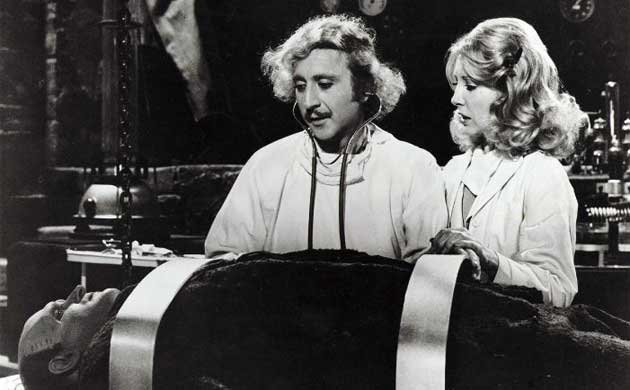M
medi-useA
Good one Hephaestus!
Hehehehe
What would you recommend as a good book for beginners in electronics of this type?
muA
Hehehehe
What would you recommend as a good book for beginners in electronics of this type?
muA



 pH and TDS are 500$ by themselves... While it wont be completely plug n play - theory I have is to make it extremely easy to add in... You'll be able to control hundreds of sensors/relays if you see the need - but you should be able to put a system together for >200$.
pH and TDS are 500$ by themselves... While it wont be completely plug n play - theory I have is to make it extremely easy to add in... You'll be able to control hundreds of sensors/relays if you see the need - but you should be able to put a system together for >200$. 






